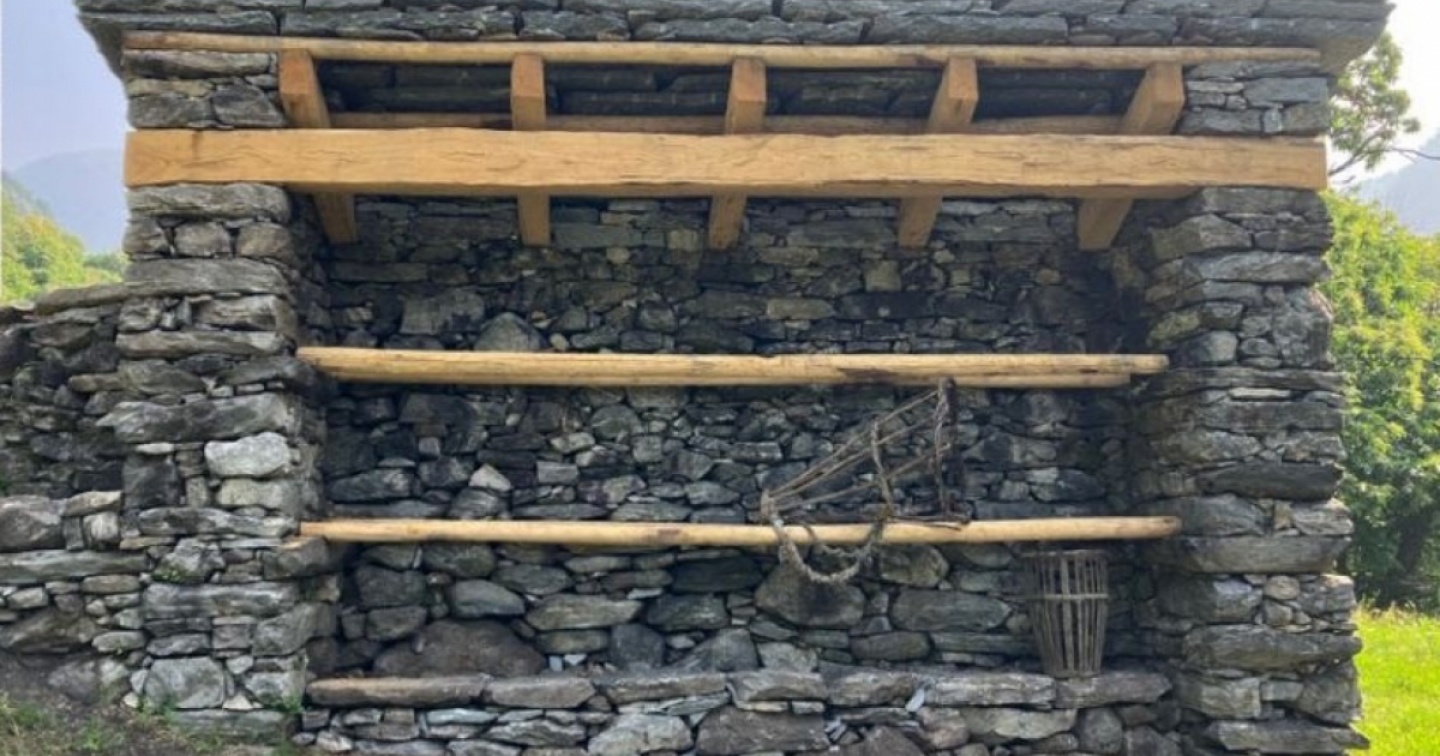Bats, bees and stone: Bee Farm in Dunzio to safeguard the future

Monte di Dunzio, a small hamlet above Aurigeno surrounded by chestnut trees, is now at the heart of an important enhancement project promoted by the Fondazione Monte di Dunzio. Here, nature and culture intertwine in a story that combines forests, rural architecture, and new community perspectives.
A key part of this journey is the Vigèra, an 18th-century apiary built entirely in dry stone with wooden shelves to support the hives.
This building, a living testimony of Ticino’s beekeeping tradition, will be entrusted to beekeepers Marzio Cappelletti and Aram Berta of Bee Farm, so that it may come alive again and pass on the value of the valley’s agricultural roots to future generations.
The initiative is part of a broader project that views ecosystems as a form of landscape architecture:
– Natural habitats – In Dunzio, efforts are underway to protect bats, nocturnal mammals often misunderstood but essential for biodiversity, as they consume huge amounts of insects every night.
– Rural traditions – With the Vigèra, the memory of historical beekeeping is preserved, now carried forward into the future by Bee Farm.
– Living infrastructures – The renovation of the road linking Aurigeno to Dunzio ensures access, safety, and agricultural continuity, creating corridors not only for people but also for the landscape and its activities.
Bees and bats, stone and roads: Dunzio shows how biodiversity protection, cultural heritage, and pragmatic infrastructure can coexist and reinforce one another.
Bee Farm is proud to be part of this revival, uniting tradition and innovation to give new life to a place that tells the story – and future – of our territory.

